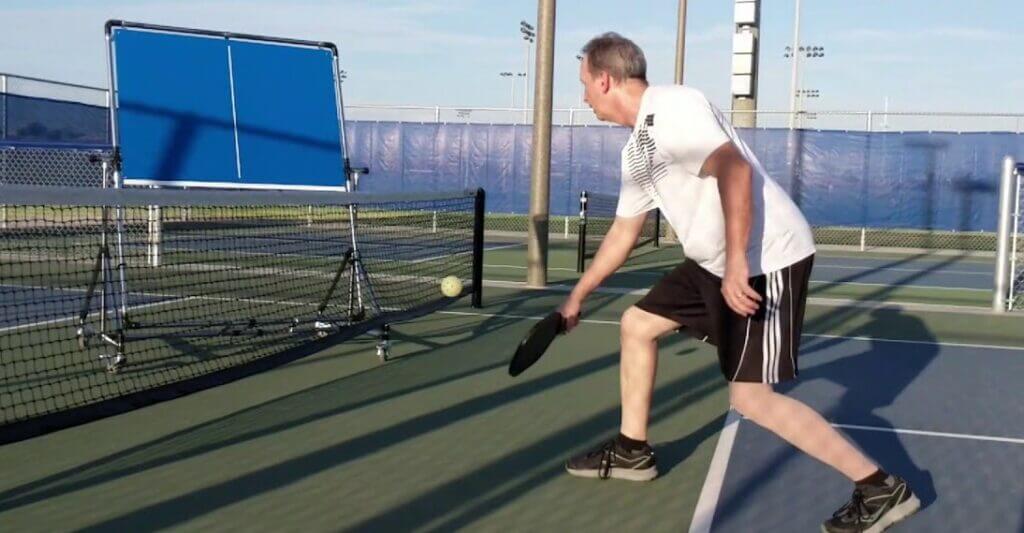Obviously, a pickleball player’s eyes should always watch the ball during a match. However, a certain debate surrounds the issue on whether pickleball players should continue watching the ball as it touches with the paddle. Maybe, now’s the right time to find the answer.
In most cases, regardless of whether a shot is made at the baseline, transition zone, or the non-volley zone, a player must keep their eyes glued to the pickleball as it travels from their side to the opponent’s court as much as possible. An advantage of watching the ball at all times (if possible) is that it allows players to adjust their arm or paddle position to the very last second before the pickleball and paddle make contact.
However, at the net, especially in the case of rapid volleys, most players are not required to watch the ball at all times. Instead, they just let do their arm do all the work. Correspondingly, it’s basically impossible to watch the ball at all times during a rapid volley exchange. To prove this, one can try hitting volleys against a wall and try to keep their eyes on the ball as it bounces between their paddle and the wall.

When practicing volleys against the wall, one should focus on a focal point on the wall, but as they do this, they must also be aware of their surroundings, that is, they must also utilize their peripheral vision. Depending on the wall structure, the focal point can be set at a higher level. This practice volley should be done with a proper grip of the paddle, and the ball should be hit by the player as comfortably as they can. In addition, the contact point of the ball and paddle should be at the front, with the hitting arm slightly extended.
A soft grip is important in practice volleys against the wall. If a player holds their paddle too hard while doing this routine, they may eventually feel fatigue on their wrist and arm.
Meanwhile, this training regimen can also be done to improve one’s backhand volley. The routine is basically the same, with the exception of the use of the backhand. Similarly, one must utilize their peripheral vision while centering their attention on a focal point on the wall. For added difficulty, this volley-eye movement training can done using the forehand and backhand alternately. In this case, an important thing to remember is hitting the target focal point on the wall while trying to direct the ball to one’s forehand using their backhand, and vice versa.
In the end, despite having a good vision, a pickleball player can only track the ball to a certain point. Thus, it is vital that they take advantage of other tools that can help them during a game. In addition, by practicing, they can improve their hand-body coordination and muscle memory, which should benefit them when engaging in rapid exchanges with their opponent.
